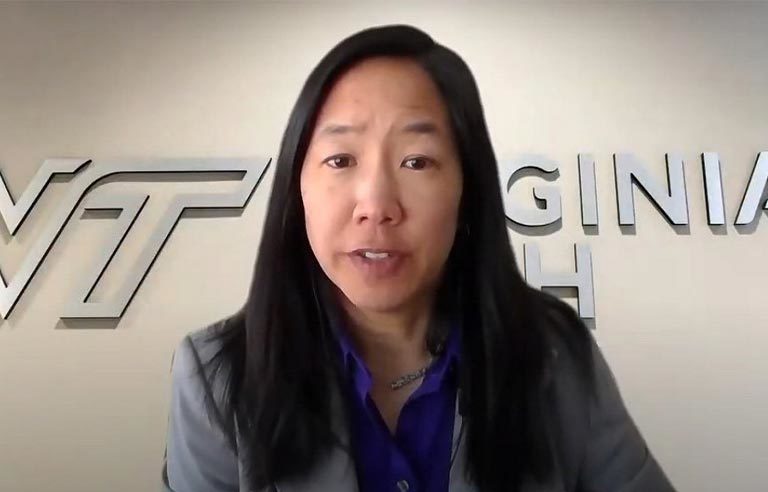CDC needs to update its guidance on COVID-19, experts and Democratic lawmakers say

Washington — Centers for Disease Control and Prevention guidance on preventing the transmission of COVID-19 needs updating, health and safety experts and Democratic lawmakers said during a March 11 virtual hearing convened by the House Workforce Protections Subcommittee.
Linsey Marr, a professor in the Virginia Tech Department of Civil and Environmental Engineering, testified that the CDC website and other guidance “downplay” the role smaller aerosols play in COVID-19 transmission. The guidance, she noted, is typically focused on larger droplets that come from a person coughing, sneezing or talking.
Marr explained, however, that smaller aerosols expelled from the mouth and nose can remain in the air longer because of their lighter weight. They also can travel farther than 6 feet because of indoor air currents, unlike heavier droplets, which tend to fall to the ground more quickly.
Ensuring employers have proper ventilation in their workplace, she said, is one key engineering control, which should be paired with the last line of defense: personal protective equipment. For nurses and other frontline workers who are at greater risk of exposure, that PPE should be respirators instead of surgical masks.
Along with co-authoring a letter sent to CDC that calls for updated and stronger guidelines, Marr said she has called on OSHA to issue an emergency temporary standard to compel employers to provide controls such as ventilation and respiratory protection.
President Joe Biden on Jan. 21 signed an Executive Order directing OSHA to consider an ETS related to COVID-19 and, if determined to be necessary, issue it by March 15.
“Swift actions to protect workers is exactly how the architects of the Occupational Safety and Health Act envisioned OSHA’s response during a workplace crisis,” subcommittee Chair Rep. Alma Adams (D-NC) said.
Republican lawmakers on the subcommittee, including ranking member Rep. Fred Keller (PA), contend an ETS wouldn’t provide flexibility if CDC and other recommendations should change and would represent a “one-size-fits-all” approach.
“If OSHA enacted an ETS a year ago, as committee Democrats demanded, it would be woefully inadequate in protecting workers today,” Keller said in his opening statement.
Former OSHA Assistant Secretary of Labor David Michaels called Keller’s words a “caricature” of an OSHA standard and alluded to the nonprescriptive nature of some of the agency’s regulations. For example, he said, an ETS likely will direct employers to conduct a hazard assessment for their particular workplace and “take steps accordingly.”
Michaels, who also is a co-author of the letter sent to CDC, was asked about Virginia’s ETS, the first to be established in the nation.
“I believe Virginia’s ETS is very effective,” he said. “Some employers do the right thing without being required to, but many employers don’t. That’s why Virginia issued the standard. I think it’s been very effective in making sure those employers who wouldn’t have taken those steps to protect workers are now doing so.”
Post a comment to this article
Safety+Health welcomes comments that promote respectful dialogue. Please stay on topic. Comments that contain personal attacks, profanity or abusive language – or those aggressively promoting products or services – will be removed. We reserve the right to determine which comments violate our comment policy. (Anonymous comments are welcome; merely skip the “name” field in the comment box. An email address is required but will not be included with your comment.)

